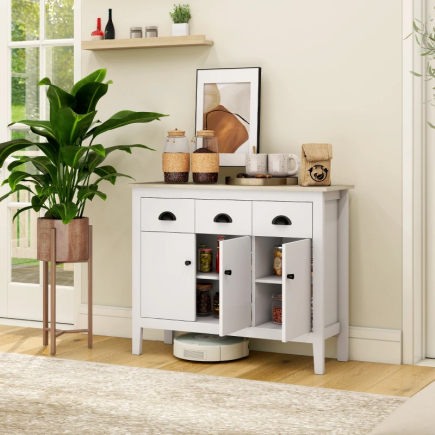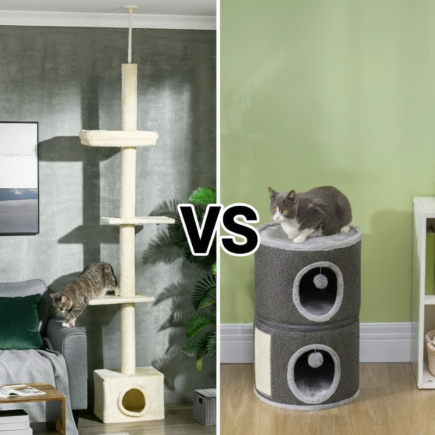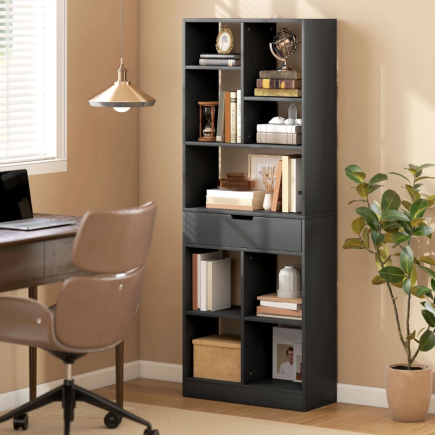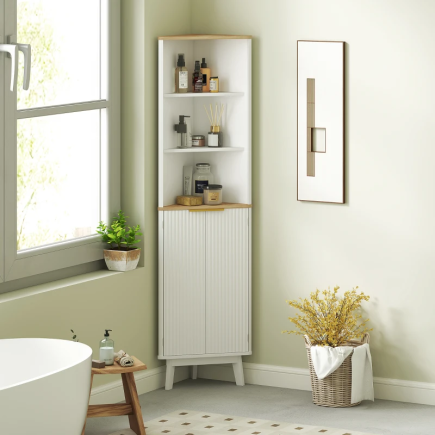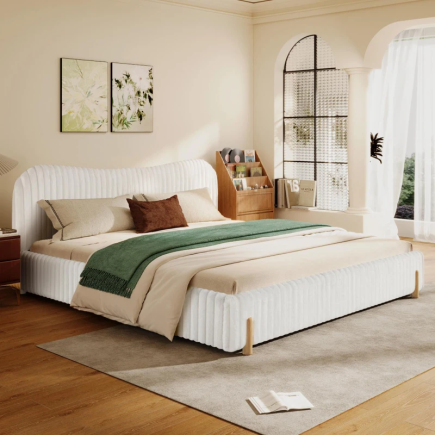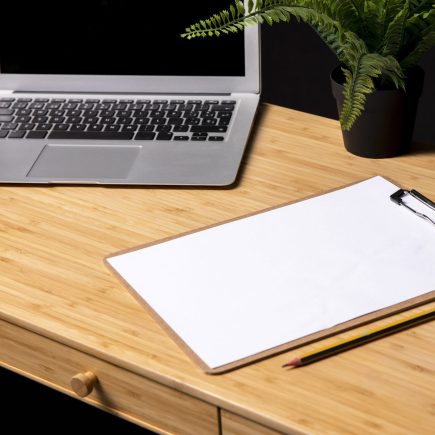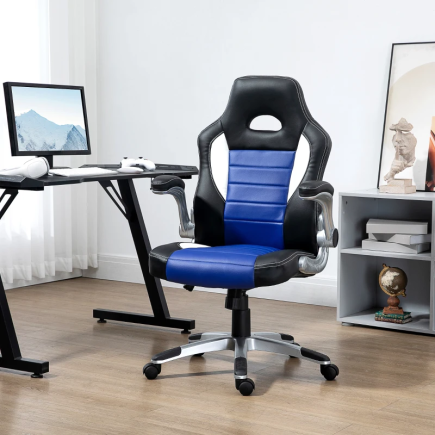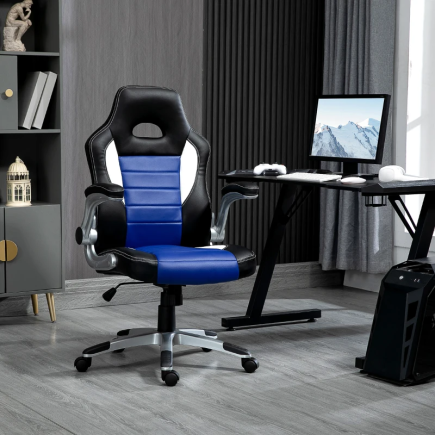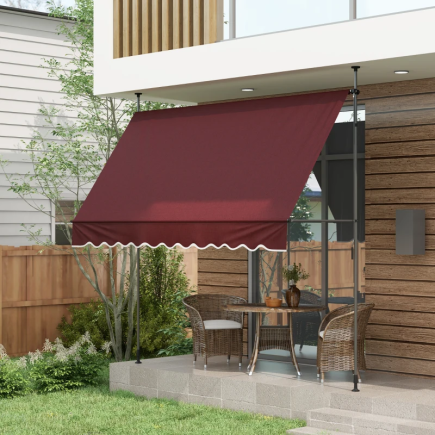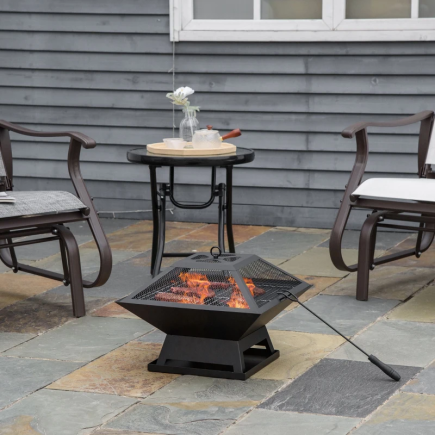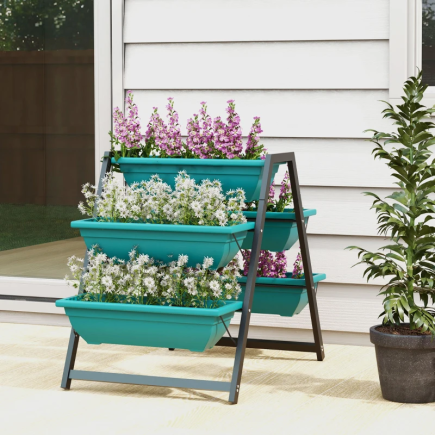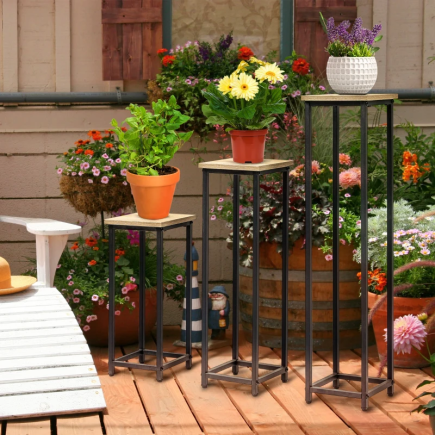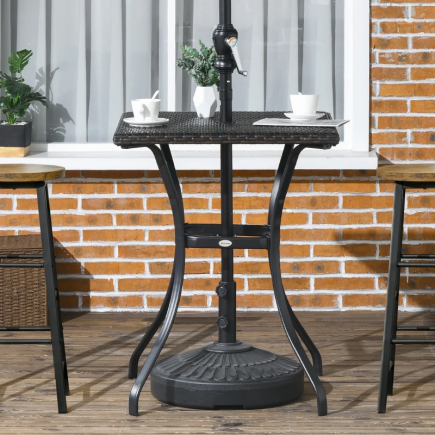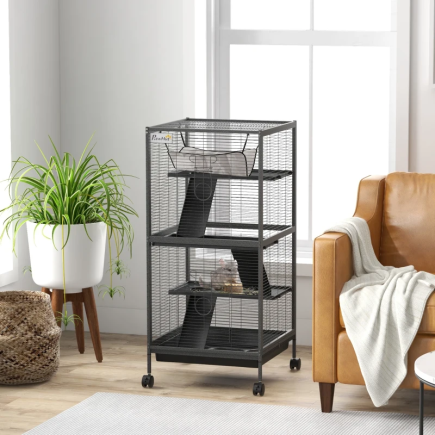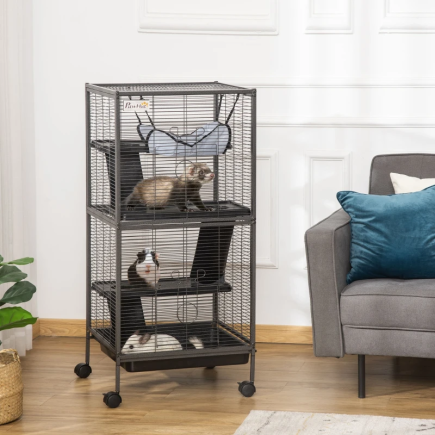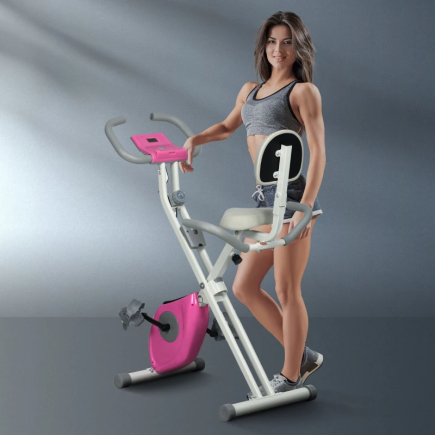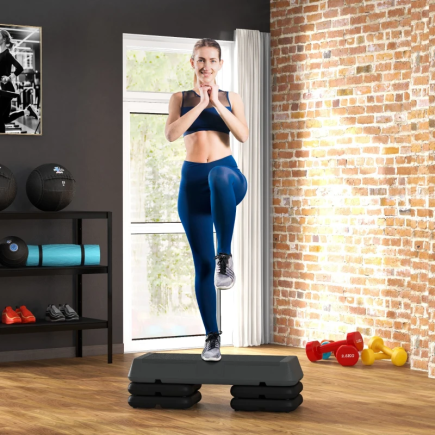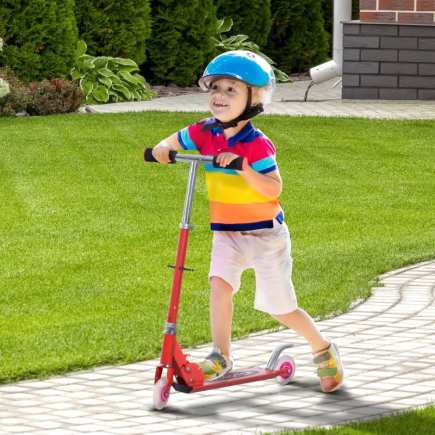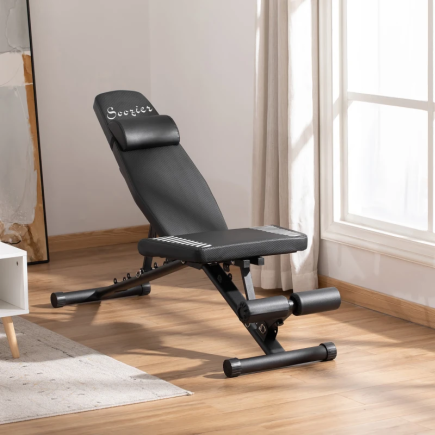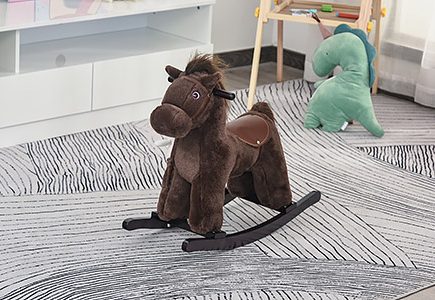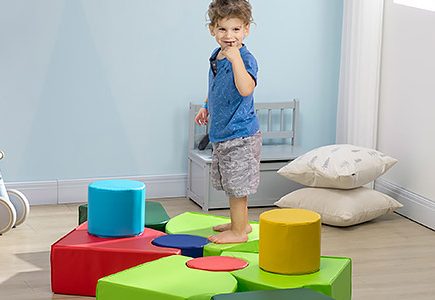
Converting your hot tub into a refreshing cold plunge is a fantastic way to get more value from your spa, especially during warmer months or for post-workout recovery. With a few practical adjustments, you can enjoy a cool, energizing dip right in your backyard. Here’s a step-by-step guide, laid out with clear instructions and helpful tips to ensure you get it right the first time.
Step 1: Review and Prepare Your Hot Tub

Before converting your hot tub, carefully review your hot tub’s manual, this will help you understand important safety features, manufacturer temperature limits, and any model-specific considerations.
Gather Essential Tools
- Waterproof thermometer for verifying the exact water temperature.
- Pool chemical test kits (pH, sanitizer, alkalinity).
- Sealed bags or containers for ice (if choosing ice cooling).
- Insulation materials such as foam panels or reflective covers.
- Optionally, a dedicated chiller system for advanced cooling.
- Shade equipment like umbrellas or canopies to prevent direct sunlight.
Inspect Plumbing and Filtration
Thoroughly inspect your tub: check plumbing lines for leaks, ensure the filtration system is clean and operational, and test your control panel for full functionality. A well-prepped hot tub avoids problems during and after the conversion.
Step 2: Lower the Temperature Setting

Access your hot tub’s thermostat directly from the control panel and reduce the set temperature to the lowest value available, which is usually between 10°C and 15°C (50°F to 60°F). This might take several hours, especially on hot days or with a larger tub. If your model only allows settings down to 80°F, make note, as you’ll need to implement further cooling steps.
Expert Tip: Monitor the temperature reduction with your waterproof thermometer, as the digital panel isn’t always fully precise.
Step 3: Safely Turn Off the Heater (If Needed)

If your tub’s controls won’t reach your target coolness, fully deactivate the heater by following your manufacturer’s procedure usually via a breaker switch or heater shutoff option in the control panel. Never simply unplug the tub unless instructed. This prevents unnecessary strain or possible equipment damage. Allow the water to come down to ambient air temperature.
Safety Note: Always ensure the power is off at the breaker before performing any maintenance or working with electrical components.
Step 4: Drain and Refill With Fresh Cold Water
If your tub’s water was recently used for hot soaking or is not as clean as you’d like, completely drain the hot tub. Rinse the shell with a hose and wipe away residue. Refilling with cold tap water for a rapid initial cool-down fresh water is more responsive to cooling methods and eliminates accumulated debris or chemicals from previous use. Using a pre-filter attachment when refilling helps reduce mineral and particulate buildup in your plumbing.
Step 5: Select Your Cooling Method

Now determine which cooling technique fits your needs, budget, and how often you plan to use your cold plunge:
Natural Cooling
Turn off the heater and let the tub cool overnight with the cover off. Works best in cool climates.
- Keep the cover off during cool nights and add shade during the day. Stir water periodically to encourage an even temperature drop.
Adding Ice
Place sealed bags, frozen water bottles, or reusable ice blocks into the tub for rapid results in small-to-medium tubs.
- Introducing sealed bags or large frozen jugs gradually adding too much at once can cause a chemical imbalance or thermal shock. Monitor the temperature after each addition, and mix water with jets or a pool brush.
Using a Chiller System
Invest in a chiller system that plumbs directly into your tub for automatic, hands-free temperature control.
- Consult both your hot tub and chiller manuals for specific plumbing requirements. Typically, you’ll route tubing from the hot tub’s return into the chiller and back into the tub. Set your desired temperature using the chiller’s digital control panel, and confirm stable cooling performance over a few hours before frequent use.
Helpful Tip: For regular plunges, a chiller system or combination of ice and insulation will yield the coldest, most consistent results.
Step 7: Insulate and Shade for Maximum Cooling
Cut heat retention by lining the inside shell of the tub with thermal blankets, foam insulation panels, or reflective bubble wrap. Top the water with an insulated or reflective cover when not in use to keep the chill in and sunlight out. Surround your tub with umbrellas, canopies, or even tall potted plants to build natural shade during sunny periods.
Practical Advice: Insulation doesn’t have to be permanent, custom-cut panels can be removed if you want to return to standard hot tub use later.
Step 8: Circulate and Ventilate the Water

Running the circulation pump and jets for a few minutes each day especially after cooling ensures an even temperature throughout the tub, preventing warm spots. After adding ice or once ambient temperatures drop, prop open the hot tub cover by a few centimeters using pool noodles, rolled towels, or spacers. This lets trapped heat and humidity escape, further aiding the cooling process.
Pro Tip: For maximum effect, use ventilation only when outside air is cooler than your water.
Step 9: Balance Water Chemistry

Testing Water Chemistry
- Test water weekly for sanitizer (chlorine or bromine 3–5 ppm), pH (7.2–7.8), and alkalinity (80–120 ppm).
- Use reliable test strips or digital meters to get accurate readings before adding any chemicals.
Adjusting Sanitizer Levels
- Add sanitizer as needed, following the package directions or your hot tub manufacturer’s guidelines.
- Keep a close eye on the levels if you’re using the cold plunge often or making frequent water changes.
Using Ozone or UV Systems
- If your tub gets heavy use or has frequent ice/chiller cycles, consider an ozone or UV system for enhanced sanitation with less chemical demand.
- These systems help maintain clear, safe water and can reduce the need for additional chemicals.
Expert Tip: Cold water slows bacteria, but it doesn’t eliminate the need for proper care. Skimping here can lead to cloudy or unsafe soaking conditions.
The Coolest Way to Finish
With these clearly defined steps and actionable tips, anyone can transform a regular hot tub into a high-performance cold plunge. Whether you use ice for a spontaneous cooldown or invest in a top-tier chiller for precise results, you’ll enjoy a versatile spa setup all year round. Want to get fancier? Try adding cooling accessories or a smart controller for ultimate convenience.Explore a range of options, from Outdoor Swimming Pools & Hot Tubs to make your setup even more luxurious.
FAQs
1. Will my hot tub work as a cold plunge all year?
With the right insulation and a reliable chiller, yes. In extreme summer heat, use extra shading and ice to support your system.
2. What if my chiller isn’t cooling enough?
Ensure your chiller is rated for your tub’s volume, check for blockages in plumbing, and verify all connections are sealed.
3. Can I add ice directly to the water?
Always use ice in sealed bags or jugs to avoid dilution and imbalance of water chemistry.
4. Will cooling my tub increase operating costs?
Natural methods are cheap, but a chiller will use extra electricity. Choose energy-efficient products and smart controls to keep costs low.

